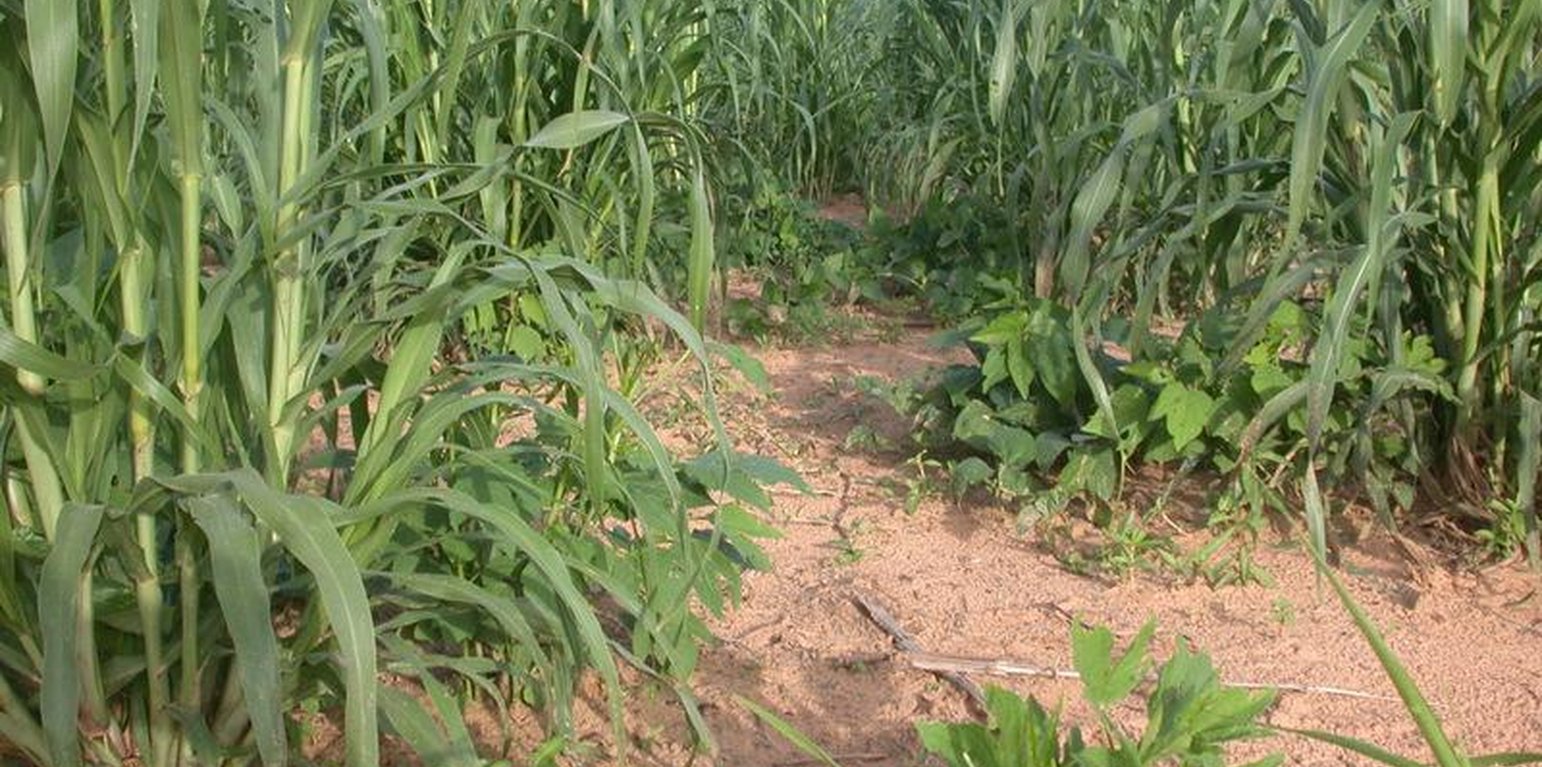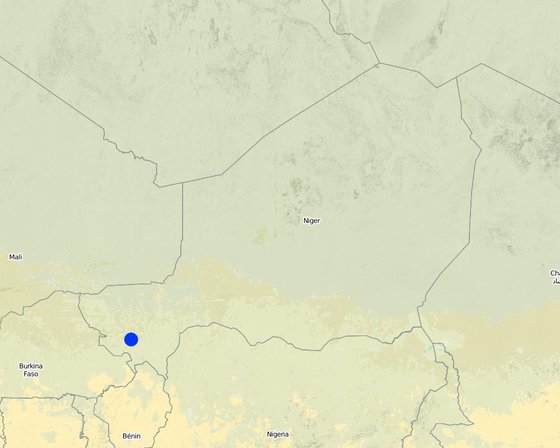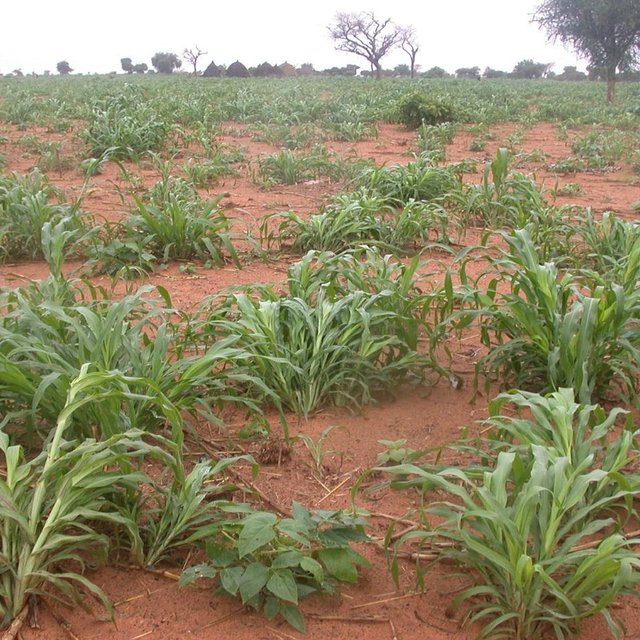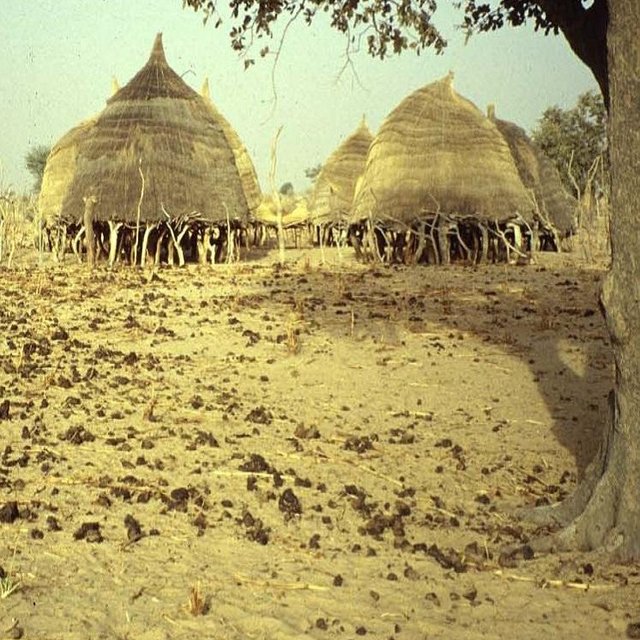



At intervals of 2-3 years the Peulh agropastoralists relocate with their livestock to a new area previously used for crop cultivation - where they install their temporary dwellings and improve soil fertility by applying farmyard manure and other organic materials.
The rotation of temporary habitation areas leads to successive fertilization of the land. Livestock (cattle or small ruminants) are corralled or tethered in the rehabilitation area over-night. They feed on crop residues and emerging grasses after harvesting of the crops. Dung dropped within the coral area is collected and then distributed on the fields. The main criterion for site selection is the level of land degradation. The size of the area occupied is maximum 500 m2, and depends on family size, herd size and on the quantitative and qualitative objectives of soil fertilization of the land owner.
In the years after settlement (after families move to a new location) the treated area is used for crop cultivation, and crop rotation/intercropping are practiced (e.g. millet/ legumes) for increased and diversified production, improved pest control and fertility management.
The effectiveness of this technology has led to field-fertilization contracts between agro-pastoralists and sedentary farmers. The farmers offer post-harvest grazing rights to the agropastoralists who in turn fertilize the land and benefit from the access to the important weekly markets in the area where they can sell milk. In this case the agropastoralist families and their livestock split up after the rainy season: a part assures fertilization of the own land, the other part is in charge of fertilizing foreign land (during 3-4 months) before returning home.

Localização: Tillabéry Region, Niger, Damari, Kollo District, Níger
Nº de sites de tecnologia analisados:
Difusão da tecnologia: Aplicado em pontos específicos/concentrado numa pequena área
Em uma área permanentemente protegida?:
Data da implementação: mais de 50 anos atrás (tradicional)
Tipo de introdução








| Especifique a entrada | Unidade | Quantidade | Custos por unidade (n.a.) | Custos totais por entrada (n.a.) | % dos custos arcados pelos usuários da terra |
| Mão-de-obra | |||||
| All the Labour | persons/day | 100,0 | 1,5 | 150,0 | 100,0 |
| Material de construção | |||||
| Lumber and straw for hut | ha | 1,0 | 100,0 | 100,0 | 100,0 |
| Custos totais para a implantação da tecnologia | 250.0 | ||||
| Custos totais para o estabelecimento da Tecnologia em USD | 250.0 | ||||
| Especifique a entrada | Unidade | Quantidade | Custos por unidade (n.a.) | Custos totais por entrada (n.a.) | % dos custos arcados pelos usuários da terra |
| Mão-de-obra | |||||
| On-going fertilisation | persons/day | 10,0 | 1,5 | 15,0 | 100,0 |
| Custos totais para a manutenção da tecnologia | 15.0 | ||||
| Custos totais de manutenção da Tecnologia em USD | 15.0 | ||||
Through mutual aid in technology implementation